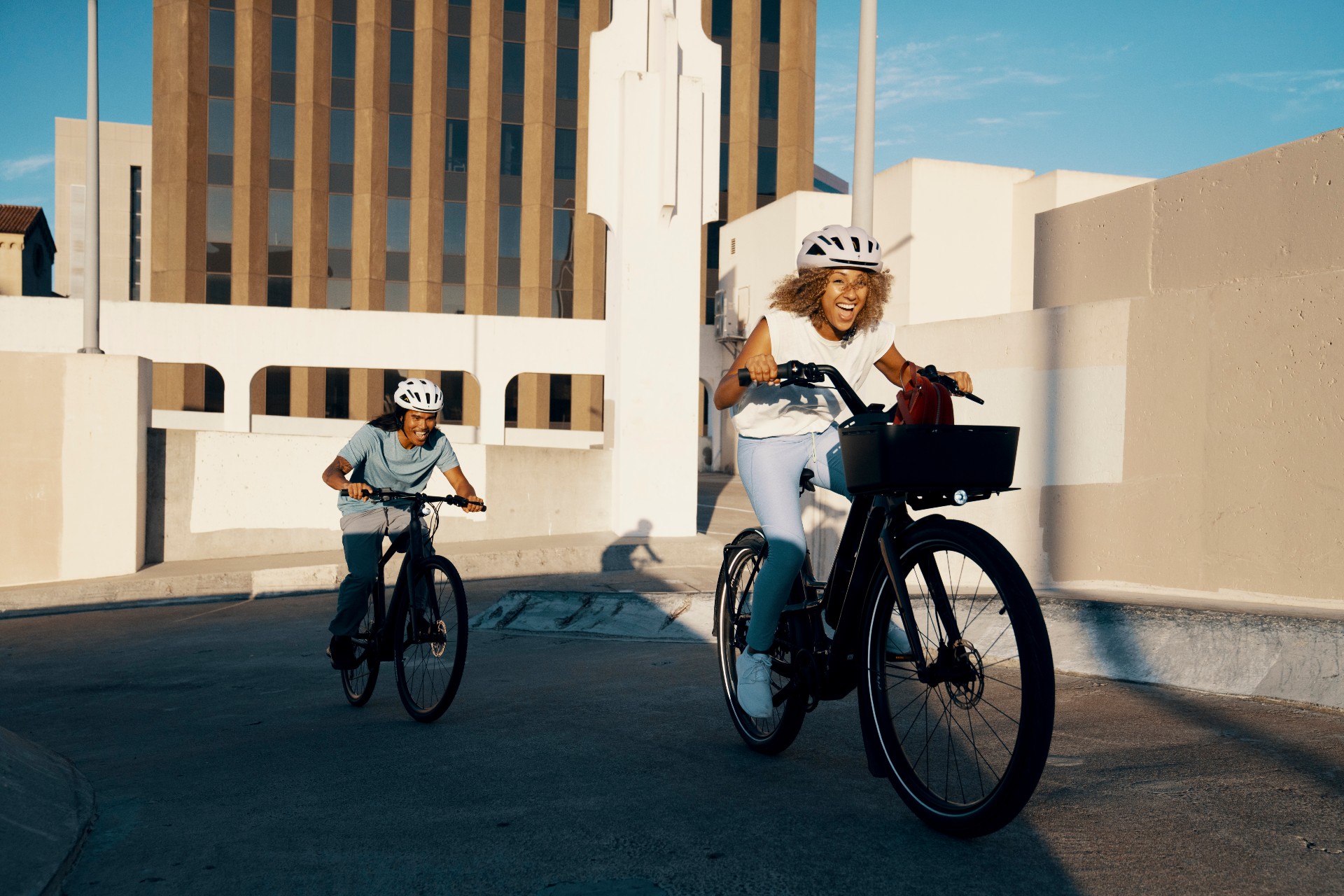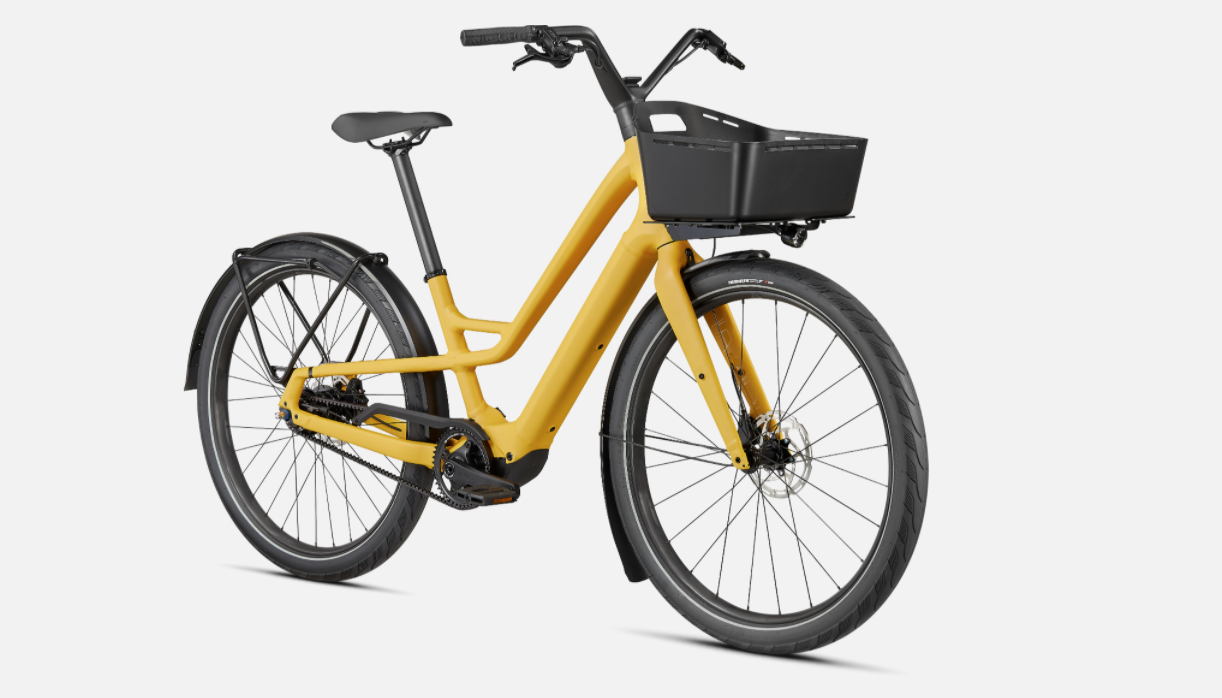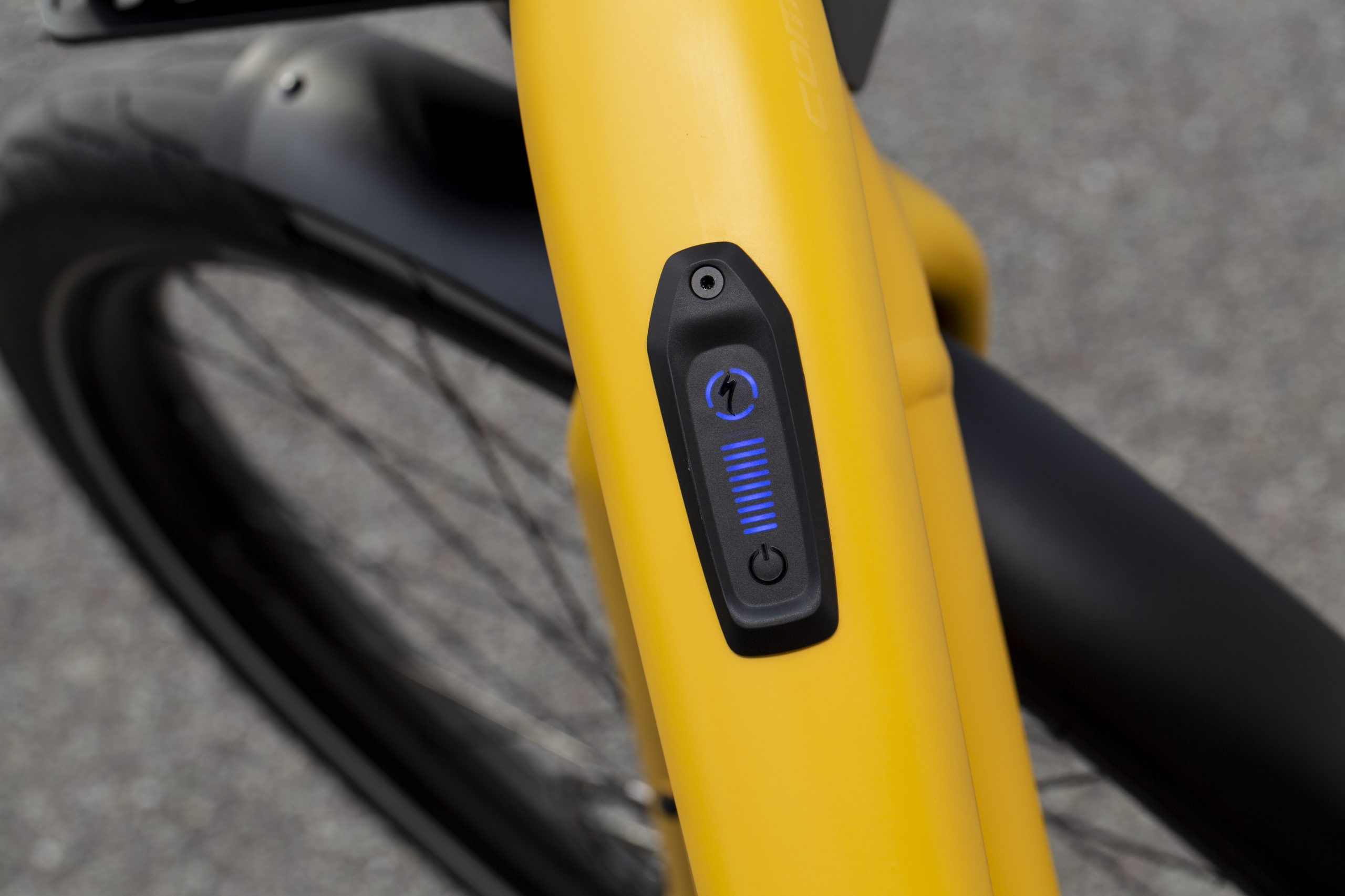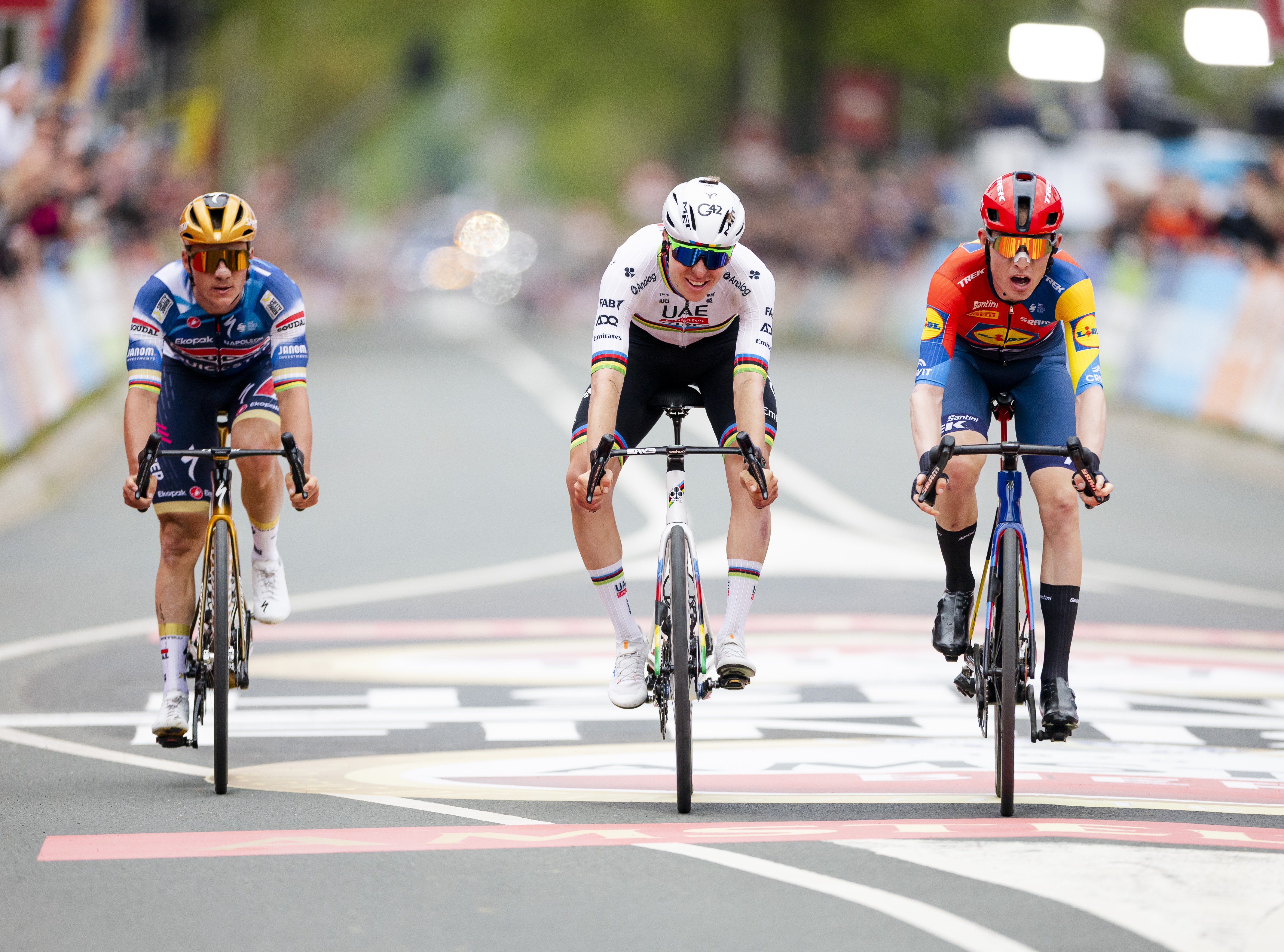Specialized gives Como commuter e-bike the lightweight touch


The commuter option now weighs 21.5kg with a promised range of 100km plus an extra 50km with a range extender
Specialized has updated its Turbo Como electric commuter bike, dropping the weight by fitting the own-brand motor system also seen on the Turbo Creo SL and Vado SL.
The Turbo Como SL (super light) is now powered by Specialized's 'SL1.1' motor system, which offers 240 watts of assistance and weighs in at 1.95 kilograms.
The built bike weighs a claimed 21.5kg. Whilst that's a fair increase over road-going models - like the Scott Addict e-Ride (10.75kg) and Ribble SL e (12kg), it is on the low end when compared with more heads-up, practical commuter options.

The Turbo Como SL will provide an approximate range of 100km with the internal battery per charge, with an optional range extender offering an extra 50km. As ever the exact figure will depend on a range of factors such as rider weight, weather conditions, and elevation. In the UK, the Como SL is restricted to 25kph. The 320Wh battery takes 2.5 hours to reach full charge.
The bike is available in two builds - the Como SL 5.0 at £4250 and the Como SL 4.0 at £3500. The 5.0 benefits from a belt-drive, which cuts maintenance and reduces the chance of getting oily marks on trousers or skirts.
Both bikes come with internal hub gears, which cut maintenance, and they're built around 650b wheels, allowing for the use of wide 2.3" tyres, in this case Nimbus' 2 Sport Reflects. These should cushion the bumps in the road and cater for use on cycle paths and in parks.
Mudguards plus in-built, automatic front and rear lights add to the practicality, and the maximum carrying capacity is 35kg, via two pannier mounts at the back designed to take 20kg and a front basket capable of being loaded to 15kg.

The Como is built around a geometry that allows riders to touch their feet to the ground easily, without impacting their ability to get the saddle height right for efficient pedalling.
Control of the electric assistance can be fine tuned via the 'Mission Control' app, which logs ride data and also allows for diagnosis of any issues and displays information such as battery life. Modes con be controlled here, or via the buttons on the bike itself, with three options available: Eco, Sport a d Turbo, and there's a battery indicator on the bike, too.

Thank you for reading 20 articles this month* Join now for unlimited access
Enjoy your first month for just £1 / $1 / €1
*Read 5 free articles per month without a subscription

Join now for unlimited access
Try first month for just £1 / $1 / €1
Get The Leadout Newsletter
The latest race content, interviews, features, reviews and expert buying guides, direct to your inbox!
Michelle Arthurs-Brennan the Editor of Cycling Weekly website. An NCTJ qualified traditional journalist by trade, Michelle began her career working for local newspapers. She's worked within the cycling industry since 2012, and joined the Cycling Weekly team in 2017, having previously been Editor at Total Women's Cycling. Prior to welcoming her first daughter in 2022, Michelle raced on the road, track, and in time trials, and still rides as much as she can - albeit a fair proportion indoors, for now.
Michelle is on maternity leave from April 2025 until spring 2026.
-
 'The line was 5 metres too far' - Tadej Pogačar reacts to Amstel Gold Race second place
'The line was 5 metres too far' - Tadej Pogačar reacts to Amstel Gold Race second placeWorld champion reeled back and beaten in sprint by Lidl-Trek's Mattias Skjelmose
By Tom Davidson
-
 'I was riding for the podium' - Mattias Skjelmose pulls off shock Amstel Gold Race win after reeling back Tadej Pogačar attack
'I was riding for the podium' - Mattias Skjelmose pulls off shock Amstel Gold Race win after reeling back Tadej Pogačar attackDane worked with Remco Evenepoel to set up stunning three-way finale
By Tom Davidson